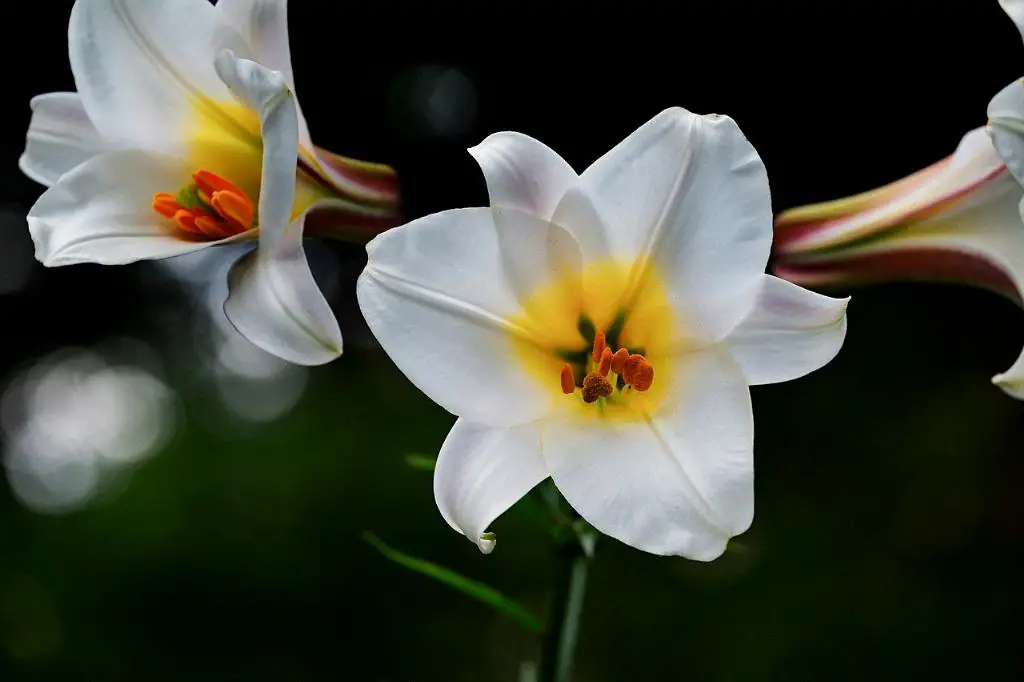Watering lilies is a crucial aspect of their care routine, as adequate hydration plays a significant role in their growth and blooming cycle. Understanding the proper watering frequency for lilies ensures that they thrive and dazzle with their vibrant colors and delicate blooms. In this article, we will delve into the important considerations when it comes to watering lilies, including factors that influence watering frequency, signs of both underwatering and overwatering, general guidelines for watering, specific care instructions for different types of lilies, tips for maintaining optimal soil moisture, and common mistakes to avoid.
Importance of Watering Lilies
Water is an essential element for lilies, as it aids in nutrient uptake, supports photosynthesis, and helps the plant to transport vital substances throughout its structure. Proper watering also contributes to the overall health of the lily, enabling it to withstand environmental stresses and produce breathtaking flowers.
Factors Affecting Watering Frequency of Lilies
The watering schedule for lilies can vary based on several factors, including the prevailing weather conditions, the stage of growth of the plant, and the type of soil in which they are planted. These variables influence how quickly the soil dries out and how much water the lilies require to thrive.
Signs of Underwatering Lilies
When lilies are underwatered, they may exhibit signs such as wilted or yellowing leaves, stunted growth, and lackluster flowers. Monitoring the soil moisture and observing the plant’s condition can help you identify when your lilies need more frequent watering.
Signs of Overwatering Lilies
Overwatering lilies can lead to root rot, fungal diseases, and stunted growth. Signs of overwatering include yellowing leaves, mushy stems, and a foul odor emanating from the soil. Adjusting your watering routine can help prevent these issues.
General Guidelines for Watering Lilies
As a rule of thumb, watering lilies every 2 to 3 days or when the top inch of soil feels dry is a good practice. However, closely monitoring your lilies and responding to their specific needs is essential to ensure they receive adequate hydration.
Specific Care Instructions for Different Types of Lilies
Various types of lilies, such as Asiatic, Oriental, and Trumpet lilies, may have slightly different watering requirements. Understanding the specific care instructions for each type of lily can help you tailor your watering regimen to meet their individual needs.
Tips for Maintaining Optimal Soil Moisture for Lilies
To maintain optimal soil moisture for lilies, consider using a well-draining soil mix, mulching the soil surface to retain moisture, and watering the plants in the morning to prevent evaporation. These practices can help ensure that your lilies receive the right amount of water without becoming waterlogged.
Common Mistakes to Avoid When Watering Lilies
Avoid common watering mistakes such as overwatering, underwatering, using poor quality soil, or watering at the wrong time of day. By steering clear of these errors and learning from them, you can provide your lilies with the optimal growing conditions they need to flourish.
In conclusion, mastering the art of watering lilies is key to their success in your garden. By paying attention to the specific needs of your lilies, adjusting your watering frequency accordingly, and avoiding common pitfalls, you can help your lilies thrive and reward you with their stunning beauty.

